|
My last article was about a virtual visit to Coonawarra, Australia. Since my palate is still savoring the last wine I opened from this region, I’ve decided to stay in Australia longer and introduce you to a few more wines from this majestic and oldest continent. Australia is broken down into six states and two territories. There are 65 wine regions and over 2,500 wineries spread throughout the states. One could spend a long time exploring these regions and wineries! It is interesting to note there are no grapes indigenous to Australia. The first vines arrived in 1788, and vineyards were established in 1805. James Busby, a viticulturist and writer, is regarded as the “father” of the Australian wine industry. He traveled to Europe in 1831 and collected 650 grape varieties, of which 362 survived the journey. They were planted in the Botanical Gardens in Sydney, and a duplicate collection was planted in Busby’s Hunter Valley property. Over time, cuttings made their way to other regions, establishing the “old vines,” of which many can be traced to the original Busby collection. With over 130 grape varieties, the major wines produced in Australia are Shiraz, Cabernet Sauvignon, Pinot Noir, Grenache, Merlot, Chardonnay, Riesling, Semillon, Muscat and Sauvignon Blanc. Today, my focus is on three wines from Victoria and McLaren Vale wine regions. Domaine Tournon, Victoria Domaine Tournon, owned by legendary Michel Chapoutier, is located in the Victoria wine region, which also is a state. Michel made his mark on the wine world by producing beautiful Rhone Valley wines. But he had a desire to find land in Australia and grow Rhone Valley grapes there as well. In 1997, Michel began exploring the terroirs of Australia and settled on the distinctive terroirs of Victoria on the southeastern side of the continent. He and his team planted non-grafted vines from 19th-century clonal selections, imported from Europe before the arrival of phylloxera, in the sub-zones of Heathcote and Pyrenees in Victoria. These vineyards were then and continue to be farmed organically. Mathilda Victoria Shiraz 2020 This wine is 100% Shiraz. Grapes are sourced from the sub-zone Pyrenees vineyards with soil composed of podzolic layers from clay and ferruginous schists. The wine was entirely aged in cement or stainless steel tanks for 12 months and then bottled. Mathilda Shiraz is named after Michel’s daughter, Mathilda. Nose: Beautiful notes of dark fruit, pepper, violet, and earthy. Palate: Aromas segue onto the palate with silky tannins, a sweet and savory dance, and a spicy finish. Alcohol: 14.5% SRP: $21 Pairing suggestions: Charcuterie, game, roasted meats, seared tuna, vegetable stew, and Asian cuisine. Hardys, McLaren Vale, South Australia Hardys is one of the oldest wineries in Australia and is celebrating its 170th anniversary this year. It was founded in 1861 by Thomas Hardy, who recognized the potential of McLaren Vale terroir and the endless possibilities for creating world-class wines. By 1900, Thomas Hardy and Sons had become the largest winemaker in South Australia. Thomas passed away in 1938, leaving his wife, Eileen, and four young children to carry on. Eileen successfully took over the winery’s leadership and is credited with putting McLaren Vale on the world wine map. By 1965, the fourth generation took its place at the helm. In 2018, Hardys was purchased by a private company, the Carlyle Group. Although it is no longer family-owned, a few family members are still associated with the company. Hardys Tintara Reserve Shiraz 2019 The grapes for this 100% Shiraz are sourced from the vineyards of the original Tintara site where Thomas Hardy made his first wines. There is no data available as to vinification or aging methods. Nose: Dark fruit, cherry, anise, and baking spice. Palate: Blackberry, dark plum, mocha, spice, and a touch of blueberry on the finish. Silky tannins and good structure. Alcohol: 14% SRP: $20 Pairing suggestions: Grilled meat, game, or veggies. BBQ, stews, and aged cheese. Hardys Tintara Reserve Cabernet Sauvignon 2019 The grapes for this 100% Cabernet Sauvignon were also sourced from McLaren Vale’s Tintara vineyard. There is no data available as to vinification or aging methods. Nose: Dark berries, cherry, fennel, herbs, and Palate: The savory herbs blend beautifully with the sweet berries. Beautiful texture and length. Spice and cherries linger on the finish. Alcohol: 14% SRP: $20 Pairing suggestions: Charcuterie, Asian cuisine, grilled meat, seared tuna, stews, or spicy Pumpkin Red Lentil Chili! Stay tuned for a deeper dive into the regions/sub-zones of Australia. There is much to discover!
Until next time… Cheers! Penina To leave a comment or if you have an inquiry, please contact me at [email protected] Every bottle of wine has a story, whether it’s the history behind the winemaking, the grapes, region, or the memory attached to drinking it. This is a story of an Albanian family who has striven and succeeded in making a difference in war-torn Kosovo. The story begins with Rrustem Gecaj, an Albanian American who immigrated from Yugoslavia in 1974 to escape communism and the hardships that came with it. After living in Italy and then Canada, Rrustem was granted a visa to the United States in 1976. He made his home in New York City, became a United States citizen, and with his wife raised their children in the surrounding suburbs. Through wise real estate investments and other fruitful business ventures, Rrustem amassed an impressive portfolio. However, the ravages of the Kosovo War that raged from 1998-1999 weighed on him, and he longed to return to Kosovo to help rebuild the economy and create jobs for those less fortunate who had survived the war. It was also his dream to reconstruct the family kulla (“stone house” in Albanian) that was destroyed in the war. Kullas were created by the countrymen and date back hundreds of years. A kulla is traditionally made of four-cornered walls, each three feet thick and usually two to three stories tall. They are mostly windowless towers/fortresses that were built as a social center for the extended family, as well as for defense. Many businesses and wineries in Kosovo were once state-owned properties, including Stone Castle. Built in 1953 by the Yugoslavian government, the winery was originally known as NBI Rahoveci. When many businesses became privatized in 2006, Rrustem saw an opportunity to fulfill his dream. So, with enthusiasm and determination, Rrustem returned to Kosovo with the Gecaj family and purchased the NBI Rahoveci winery renaming it Stone Castle Vineyards and Winery. In 2008, Kosovo was recognized as an independent state. Kosovo is located in the Balkan region of southeastern Europe, and Stone Castle is situated in the heart of the Rahovec Valley, Kosovo’s premier, and dominant wine region. This region enjoys a Mediterranean climate with sunny days most of the year and ample rainfall during the summer. It is, therefore, an ideal area for growing grapes. The soil is rich in clay and limestone with elevations that can reach 1700 feet above sea level. Avdi, Rrustem’s son, said, “Our soil is fertile with no need for irrigation systems due to the sufficient amount of rain.” In Kosovo, two-thirds of vineyard plantings are red grape varieties that include Cabernet Sauvignon, Gamay, Pinot Noir, Merlot, and indigenous varieties such as Vranç, Prokupac, and Zhameta. White grape varieties include Chardonnay and Riesling, with the most planted and indigenous white grape variety, Smederevka. I recently sat down with Rrustem’s three sons, Avni, Avdi, and Arben. These amazing young men, who inherited their father’s passion for Kosovo and tenacity and vision for the wine business, have taken over the reins of Stone Castle. In 2015, Avdi took over the winery’s operations, and he spends approximately nine months of the year in Kosovo. Avni is the importer, distributor, and manager of the family wines. And Arben, the youngest brother, is finishing his Master’s degree in marketing and joining his brothers in the family business. I was curious why their father chose to buy a winery instead of a factory or other business. Also, is there a history of winemaking in the family? Avni replied, “My father had no background in wine.” He explained that his family came from generations of farmers, such as cattle farmers, sheepherders, and basically anything that had to do with farming. With all the factories and businesses that had become privatized, his father saw the greatest opportunity and potential in revitalizing the winery. Avdi said, “It is one of the only companies still operating since privatization. There are 32 registered wineries in Kosovo, and they are micro-wineries. Stone Castle is the largest.” When the winery was first purchased, there were only 250 hectares of vines, and all were uncultivated and neglected. Before the war, Kosovo had over 9000 hectares of vineyards with over a 2000 year history of winemaking. Advi explained that the Yugoslavian government ordered the farmers to rip out most of the vines, and in so doing, self-destructed the wine industry. With determination and lots of help, their father revitalized and saved the vines at Stone Castle. My next question was, who helped guide the family with the renovation of the winery and restoration of the vineyards? “We had winemakers come from countries such as Germany, America, Australia, and England to consult with us. Our three head winemakers have been at the winery for 35 to 40 years, since before the privatization. We also have two new winemakers from this region, three chemists in the house, and a certified lab.” Avdi added, “In fact, we have more certifications in the lab than the government of Kosovo! Our up-to-date technology allows us to better analyze the wine.” Avdi went on to say, “My father’s main objective, along with his nephew, was to give the people of Kosovo jobs and hope. We want to take the original business plan and expand it. We’re operating at one-third capacity and need to grow. We need to plant new seeds, open new markets and give the people of Kosovo more hope, more jobs and push the industry forward.” Avni said, “We want to put Kosovo on the map as a great wine region. We’ve already won over 100 awards for our wines from all over the world.” Since the purchase, they have planted close to 500 hectares of new vineyards. Seeds were planted in 2017, covering 50 hectares for their organic joint project with the European Commission, and they introduced Stone Castle’s first organic vintage in 2020. A small portion of the Stone Castle estate is certified organic, and they are slowly making their way into converting the older vineyards. The winery is committed to sustainable practices and is currently working on its Kosher certification. In addition to the state-of-the-art facilities, their underground wine cellar has an impressive storage capacity of 50,000 HL wooden barrels. Stone Castle is transitioning from bulk market to bottle. They use entirely different tanks for the estate as opposed to locally grown grapes. And they have created a 3-tier system for the farmers to encourage them to reach the first-class level and produce the best quality grapes possible. Stone Castle grows 19 varieties of grapes, including Vranç, an indigenous variety genetically related to Zinfandel, and Cabernet Sauvignon, Merlot, Shiraz (this spelling is used in deference to the Australian winemaker who they consulted with), and Chardonnay. Stone Castle is now distributing these premium varieties in the United States. With over 250 people employed full-time and up to 700 part-time seasonal workers at Stone Castle, Rrustem is fulfilling a dream of giving jobs and hope to the people of Kosovo. In addition, the winery is producing some very impressive wines. Here is a sampling of six wines from the estate. Ancient Vranç Gjergj Kastrioti 2018 This wine is 100% Vranç and pays tribute to Gjergj Kastrioti, the Albanian prince and symbol of national unification whose name is featured on the label. Grapes are hand-harvested from the Lisdrevish vineyard that sits at an altitude between 1148 ft. and 1475 ft. The wine is aged in Hungarian oak barrels for nine months. This was my first experience drinking Vranç, and it was delicious! Aromas of red berries, baking spice, and earth segue onto the palate with notes of dark cherry, pomegranate, plum, blackberry, and spice. It is a rich wine that will pair well with grilled meat, hearty stews, and seared tuna. Alcohol: 13.5% SRP: $16 Shiraz 2018 The grapes for this 100% Shiraz are hand-harvested from the estate’s Izbishte vineyard located in the northeastern part of the property. The micro-climate here contributes to the production of high-quality grapes with optimal acidity. The wine is aged for 12 months in American and Hungarian oak barrels. There are many berry aromas with dark plum and blueberry dominating the palate, with soft tannins and a touch of pepper on a lengthy finish. Serve with game, fowl, fish, or pasta with vegetables. Alcohol: 13.5% SRP: $16 Merlot Selection 2018 The finest grapes for this 100% Merlot are hand-harvested from the Fushe – Zoqisht vineyard, which has high sun exposure sitting at an altitude of 1475 ft. This wine is aged in French oak barrels for 20 months. Lovely aromas of dark fruit and violet spill onto the palate with notes of cherry, berries, earth, and a touch of minerality. It is smooth and easy to drink. Pair with appetizers, spicy cuisine, pasta, or grilled chicken. Alcohol: 13.5% SRP: $16 Chardonnay Reserve 2018 The best Chardonnay grapes from the estate are hand-harvested from two high-altitude vineyards, Sapniq and Izbisht. The wine is aged for six months in French oak barrels. The nose offers a lovely floral bouquet and a hint of baking spice. This is a clean, crisp wine with tropical fruit, citrus, peach, and a soft creamy texture. It is fresh and balanced. Serve as an aperitif or pair with assorted cheese, grilled fish, seafood, or light pasta dishes. Alcohol: 13.5% SRP: $24 Cabernet Sauvignon Reserve 2017 The grapes for this 100% Cabernet are hand-harvested from the Nashpall mountainside vineyard during late harvest. Vineyard exposure to prolonged sunlight contributes to quality grapes. This wine is aged in French oak barrels for 18 months. A bouquet of dark fruit and a touch of earth segue onto the palate with silky tannins and notes of plum, black raspberry, and cherry. A touch of herbs and pepper linger on a long finish. Pair with grilled meat, hearty soups or stews, seared tuna, and grilled vegetables. Alcohol: 14.3% SRP: $24 Gecaj Estate Owners Choice 2017 This is the signature wine of Stone Castle. And, what is more fitting than to have an eagle, the symbol of Kosovo, on the wine label? It is a 50/50 blend of the estate’s finest Cabernet Sauvignon and Merlot grapes. The fruit is hand-harvested from the Izbisht vineyard at an altitude of 1640 ft. and receives 10 to 12 hours of sun each day. The wine is aged for 24 months in American and Hungarian oak barrels. This is a vibrant and elegant wine with seductive aromas of red fruit, vanilla, and spice. The palate is layered with black raspberry, plum, cherry, anise, fig, pepper, and hints of dark chocolate. Silky tannins add to the wine’s complexity and depth. Pair with grilled meat, hearty stews, game, pasta, or a charcuterie platter. Alcohol: 14.3% SRP: $80 I asked why their father chose “Stone Castle” as the winery name. Avdi said, “In my house, we had a kulla that went back four generations. Kullas are made of mountain rocks in the region, and Kosovo has an abundance of granite and marble. Kullas were created as fortresses, but also where rules and regulations of the towns were made. If a rule was broken, it was discussed and judged in the kulla. When the Serbs invaded Kosovo during the Yugoslavian War, they were ordered to destroy as many kullas as possible using rockets and grenades. In 2001, my father went back to Kosovo and rebuilt the family kulla, which is the largest in the region right now. It is a historic site, and he did it for the people to show that you can’t destroy us; we will build back up! My father knew that one day Stone Castle would be an international enterprise, and so he named it in honor of the destroyed kullas and for the people of Kosovo. The Stone Castle Winery entrance is new, and a tribute to the kullas destroyed in the war.” As Rrustem’s sons continue to fulfill their father’s vision by growing, expanding the business, and providing more jobs and opportunities for a recovering Kosovo, they also have some impressive plans in the making. They are building a beautiful resort, a fairy tale stone castle, on the premises. It will be seven stories tall, with 82 guest rooms, a world-class restaurant, pools, golf course, bicycle and horseback riding, vineyard trails, and wine tastings. They said, “It is a destination spot for the Balkans.” I’m ready to book my reservation!
As we concluded our interview, I asked if there might be anything else they would like to say. Without hesitation, Avdi answered, “Kosovo is ready for the world!” Avni and Arben nodded in agreement. And, I concur! I will end this article with a quote from Rrustem. “For us, Stone Castle Vineyards and Winery convey a special sense of place, history, and growing traditions. Our wines will help share positive images of Kosovo, our people’s potential and capabilities.” Until next time... Cheers! Penina This article was originally published in Santé Magazine. To leave a comment or if you have an inquiry, please contact me at [email protected] Long before Israel became a state in 1948, Baron Edmond de Rothschild had his eye on the terroir of this Middle Eastern country that borders on the Mediterranean Sea. Although this area has a 5000-year history of winemaking, it didn’t become a “modern wine industry” until the 19th century. It was 1882 when the first Israeli settlers from Europe asked for Baron Rothschild’s help after encountering many problems in cultivating the land. They needed guidance due to their lack of expertise and unfamiliarity with the soil. The Baron known as the “Benevolent Provider” and owner of the famous Chateau Lafite Winery in Bordeaux sent representatives to Israel to assess the situation. Once there, they discovered that the climate and growing conditions in Israel were quite similar to that of Bordeaux and suggested planting wine vineyards. Acting on their advice French rootstocks were imported from Bordeaux to Israel in 1882, along with the Baron’s advisory committee to help the settlers. By 1889, with the Barons’ financial assistance and instructions, construction of a winery in Rishon Lezion in the Galilee region was almost completed and it eventually became Carmel’s first winery and head office. And by 1890 the first grapes were harvested. His second winery was built in Zikhron Ya’akov on Mount Carmel in 1892 and in 1895 Carmel Wine Co. was formed to export wines. In 1957 James Rothschild, son of the ” Benevolent Provider”, passed ownership of the winery to the Winegrowers Association. The Carmel winery continued to grow and in 2013 a private investors group acquired control of Carmel Winery. Not only is Carmel Winery the first winery in Israel, but it is also the largest wine producer here with four wineries and five wine collections. They have vineyards all over the country with the largest vineyards on the slopes of Mt. Carmel. Approximately 3,472 acres of vineyards extend from the Upper Galilee and the Golan Heights in the north to the Negev in the south. The majority of Carmel’s most recent vineyards are planted in the Upper Galilee region, which is the source for most of the finest wines produced by the Carmel Winery. I recently received three samples of Carmel Winery wines from their Private Collection. The Private Collection series consists of varietal and non-varietal high-quality wines from grapes that are grown in top vineyards throughout Israel. These wines are characterized by their fruit-forward styles and easy food pairing qualities. Carmel Cabernet Sauvignon 2018 is 100% Cabernet Sauvignon grapes that were harvested in the Galilee region. The wine is aged for eight months in French and American oak barrels. A lovely bouquet of berries, cherry, spice and chocolate pave the way for a juicy blend of blackberry, blueberry, plum, spice, licorice and chocolate. Vanilla and pepper round out a long finish. It is nicely balanced with silky tannins. Alcohol: 14% SRP: $15 Carmel Shiraz 2018 is 100% Shiraz grapes that were harvested in the Shomron, south of Galilee and a key wine region in Israel where Mount Carmel is. The wine is aged for eight months in French and American oak barrels. This is a very aromatic wine with notes of strawberry, spice, and hints of floral and earth. The palate is layered with blackberry, red raspberry, plum, cranberry spice, cloves and vanilla. Tannins are smooth and sweet spice lingers on a long finish. Alcohol: 13.5% SRP: $15 Carmel Winemakers Blend 2018 is a blend of 50% Cabernet Sauvignon and 50% Merlot. The grapes are harvested from the Galilee region and the wine is aged for eight months in French and American oak barrels. A bouquet of red fruit, spice and floral set the stage for a palate filled with black raspberry, plum, pomegranate, vanilla and spice. A nice blend of fruit and savory with mocha and tart black cherry are the grand finale on a long finish. Alcohol: 14% SRP: $15 All of the above wines are dry, refined and refreshing. Their easy-drinking style allows for pairing with a variety of dishes. And the price to value ratio is impressive. All Carmel Winery wines are certified OU Kosher.
Until next time… Cheers! Penina To leave a comment or if you have an inquiry, please contact me at [email protected] So, before I “leave” the continent of Australia, I want to share some thoughts on their red wines. As mentioned in a previous post, Australia’s major red wine production is Shiraz, Cabernet Sauvignon, Pinot Noir, Grenache and Merlot. Below are a few examples of what I tasted. 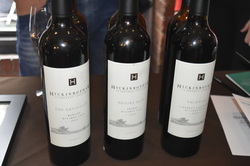 Shiraz was one of the original varieties brought to Australia. It is grown in just about every region. With varying climates, the styles vary as well. The cooler climates generally tend to produce medium-bodied wines that are spicy, while warmer climates produce more full-bodied, richer Shiraz. Each region brings it’s own unique style to the wine. The Hickinbotham Clarendon Vineyard Brooks Road Shiraz 2013, from McClaren Vale, SA is 100% Shiraz. Deep purple in color, it was rich with dark berry flavors and spice. Firm tannins and a peppery finish made this medium-bodied Shiraz a standout. Heading north, I tasted Tyrell’s Wine Vat 9 Shiraz 2013, Hunter Valley, NSW. This Shiraz was very dark red with more herb and floral on the nose. Lots of berries with fennel, floral and a little earth mixed in. Gentle tannins added to a lengthy finish. Since Cabernet Sauvignon does not grow well with heat stress and drought, Coonawarra and Margaret River have developed the best reputation for growing Cabernet Sauvignon in Australia. However, there are other regions such as Langhorne Creek, McLaren Vale and Barossa in South Australia that also produce noteworthy Cabernet. At the tasting last week, I found most of the Cabernets to be “chewy” but very drinkable. Yalumba The Menzies Cabernet Sauvignon 2012 from Coonawarra was deep garnet with berry, plum and herbs on the nose. The palate was alive with fruit, oak and savory herbs. Tannins were high with more fruit on the finish. Pinot Noir grows best in Australian regions with cooling influences of the ocean or altitude. The state of Victoria produces a wide range of styles as does Yarra Valley, Mornington Peninsula and Macedon Ranges. Tasmania is surrounded by the cooling effect of the Southern Ocean and does well with this particular variety of grape. One of the Pinot’s I tasted was Giant Steps Yarra Valley, 2015 from Victoria. Floral and cherry were on the nose. Silky red fruits, spice and pepper greeted the palate with medium tannins and a hint of herbs on the finish. I have touched on just a few of the varieties of wine that Australia has to offer, so I suggest that the next time you’re in a wine store or out to dinner, try a bottle of Australian wine. You won’t be disappointed! Have a great Wednesday!
Cheers, Penina This past weekend was all about friends, food and drink. I came across a quote recently that made a lot of sense. “Don’t let anyone rent space in your head, unless they’re a good tenant.” And that’s what it’s all about…surrounding oneself with positive people that are optimistic, joyful and trustworthy. I’ll drink to that! And speaking of drink…Six months ago I wrote a review about Shingleback’s 2011 The Gate Shiraz that is produced in the McLaren Vale area of South Australia. It was an amazing wine and I promised myself that I would keep the other bottles under wrap for a few years. But I couldn’t help myself and opened another bottle last evening. As before, the aromas of lush fruit and spice were heavenly. Cherry and candy apple dominated. In my last review, I said: “The palate was a feast of layers, oozing dark jams, cherry, oak, pepper, spices and a hint of vanilla. Silky tannins and a solid backbone gave way to a long finish.” In addition, this time the wine had a hint of marzipan that teased the palate. This full-bodied wine paired well with the meal and dessert! http://www.shingleback.com.au I served baked salmon and cherry tomatoes with a wine, shallot & mustard sauce accompanied by asparagus and mushrooms sautéed in olive oil and shallots. I also made my famous mashed potatoes. The dessert was Molten chocolate cake. Click on each image for a closer look. The evening segued into watching a silly but funny movie and sipping the last of the wine. Perfect!
Have a great Monday! Cheers! Penina  Yesterday was a laid back kind of Sunday with the NY Sunday Times and the Jets vs. Giants game on the television. It was a wild game with the Jets scoring a touchdown in the last 27 seconds to tie the game. The Jets won 23 to 20 in overtime. I was rooting for the Giants…oh well. 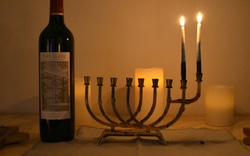 Since it was the first night of Hanukkah, I wanted to be festive so I opened a bottle of Shingleback’s 2011 The Gate Shiraz. I reviewed this wine in June and had every intention of saving the last few bottles to open over the course of several years. However, I couldn’t resist opening another bottle last night! My review is the same as it was in June. “The wine is produced in the McLaren Vale area of South Australia. It scored high points in the 90’s and has won many awards. This full-bodied wine was deep purple with aromas of dark fruit, oak and spices. The palate was a feast of layers, oozing dark jams, cherry, oak, pepper, spices and a hint of vanilla. Silky tannins and a solid backbone gave way to a long finish.” This is an excellent wine with lots of character. I hope I have enough self-control to keep the other bottles under wrap! http://www.shingleback.com 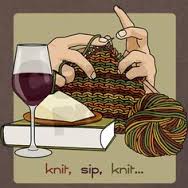 I have a crazy week ahead, but I’ll be back very soon! Cheers! Penina  Since I was stuck at home nursing a “boo boo” on my leg these past few days, friends stopped by with food and good cheer. In the movie “A Streetcar Named Desire”, Blanche DuBois said, “Whoever you are, I have always depended on the kindness of strangers.” I, on the other hand, have always depended on the kindness of my friends”. 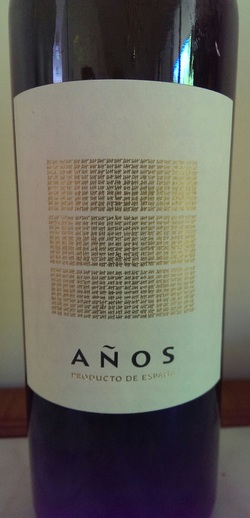 The other evening, one of those kind friends brought over a very nice bottle of Spanish wine in addition to a killer meal that he prepared for me. We opened a 2010 El Escocés Volante '3000 Anos' from Bullas, Spain located in the southeast Mediterranean area. El Escocés Volante means “The Flying Scot”. Norrel Robertson came to Spain in 2003 with his family and released his first wine in 2004. The 3000 Anos is a blend of 50% Monastrell and 50% Syrah. The color was dark purple with aromas of dark berries, cranberries and leather. This full-bodied wine was filled with flavors of dark fruit, smoky oak, spices and herbs. The finish was long and velvety. http://www.escocesvolante.es The temperature is slowing dropping and autumn is upon us. It’s time to dust off the knitting needles that I have neglected for far too long and begin a project.
Happy Monday! Cheers! Penina  The sun is shining and I have many things to do today. But before I run out the door, I want to tell you about the wine I tasted last night. 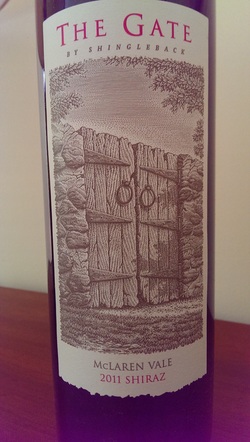 I wanted to open something hearty and special for my “300th” post. So I chose Shingleback’s 2011 The Gate Shiraz. The wine is produced in the McLaren Vale area of South Australia. It scored high points in the 90’s and has won many awards. I can understand why! The moment it was opened, I knew we were in for a treat. This full-bodied wine was deep purple with aromas of dark fruit, oak and spices. The palate was a feast of layers, oozing dark jams, cherry, oak, pepper, spices and a hint of vanilla. Silky tannins and a solid backbone gave way to a long finish. http://www.shingleback.com.au I have five more bottles that I will savor over the next 10 years or so! Have a great Tuesday!
Cheers! Penina  Before I become immersed in the evening festivities, I wanted to share a little of what Santa Claus gave me this year…traditional and unusual. A few of the gifts were a bottle of 2010 Amarone Tommasi, decadent chocolates, a lovely pair of earrings and a lamp made out of a wine bottle. 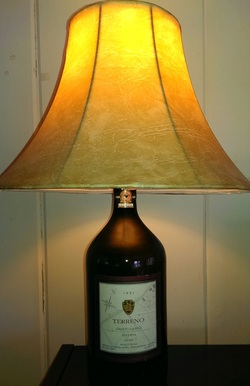 The Amarone is in my wine rack waiting for a special occasion. I’m wearing the earrings and the lamp is in my living room. My friend made the lamp using his own bottle and a lamp kit purchased at a hardware store. However, for all you wine lovers looking for something ready made, wine bottle lamps can be purchased at many online stores, including two shops on Etsy.com called KristinzKustomz and BranchingOut TLC 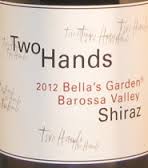 Speaking of wine…. I had a spectacular wine last evening. It was a 2012 Two Hands Shiraz Bella’s Garden Barossa Valley. This Australian wine was perfect in every way. Dark garnet in color, it had dark berry preserves, spice and cassis on the nose. It was full-bodied with the flavor of cherry, plum, dark chocolate, licorice and spice. Soft tannins and a lengthy finish gave this wine a hearty cheer from all! http://www.twohandswines.com Cheers!
Penina  It was non-stop rain yesterday, but that didn’t deter me one bit. 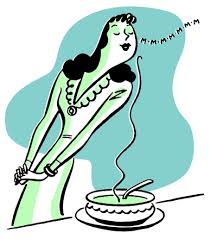 I made a mad dash to the market to buy ingredients for a tomato lentil soup. It was a “soup kind of day”. I think that I might have made too much, but I’m sure that my friends will help me consume it over the next few days. My yarn arrived and the knitting project is almost complete! I should have a photo for you in the next day or two! 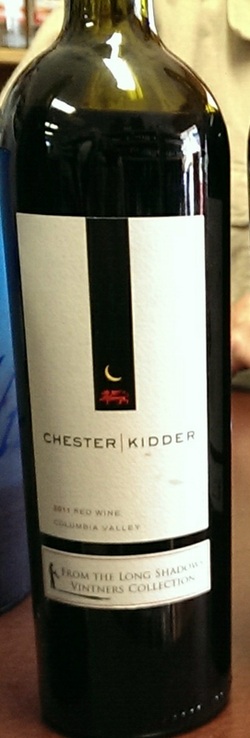 I sampled another good wine from Long Shadows Vineyard. It was a 2011 Chester-Kidder, a blended red wine of Cabernet Sauvignon, Syrah and 5% Merlot for an added layer. The aromas were dark cherry, spices and a hint of chocolate. We tasted lots of dark fruit, including blackberry and cherries. Licorice, a hint of vanilla and spice added to a lengthy finish. www.longshadows.com Brrr….it’s cold outside. I’m thinking of heating up some soup later!
Cheers! Penina |
Categories
All
|

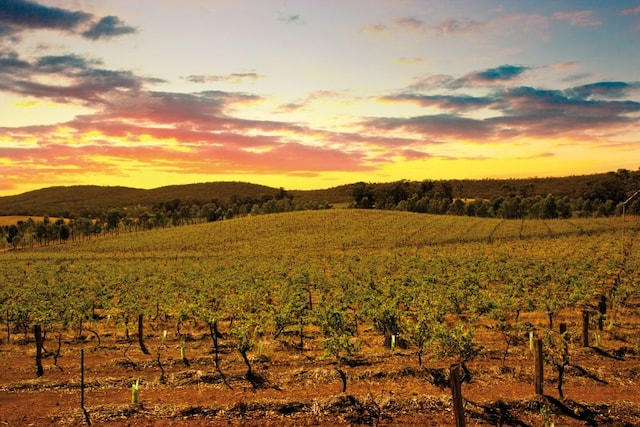
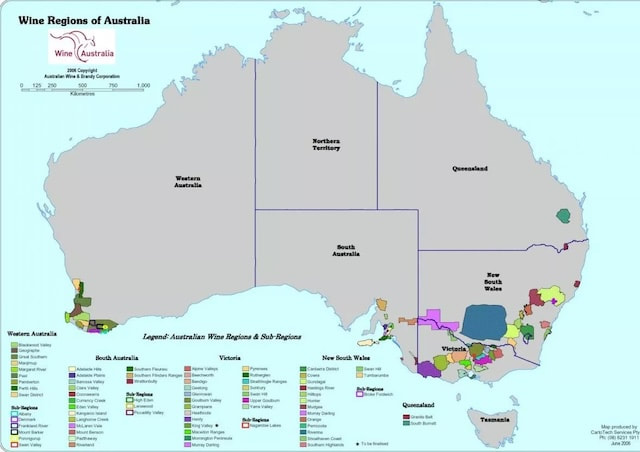
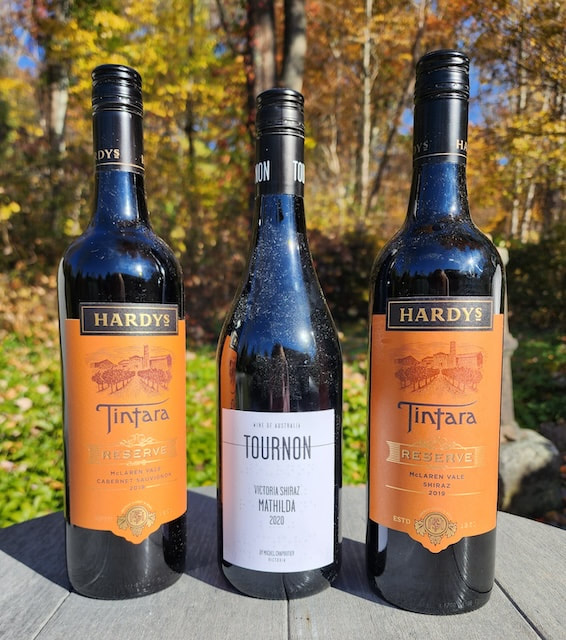
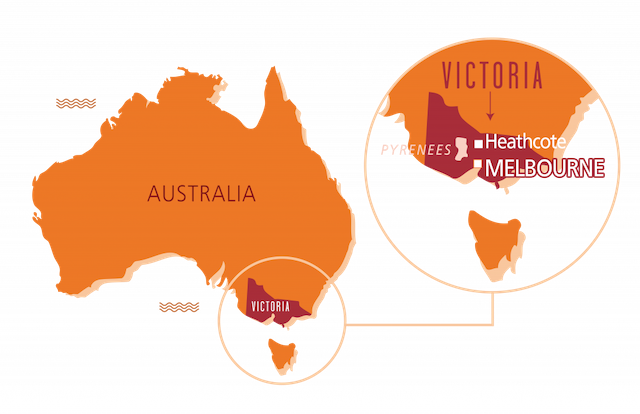
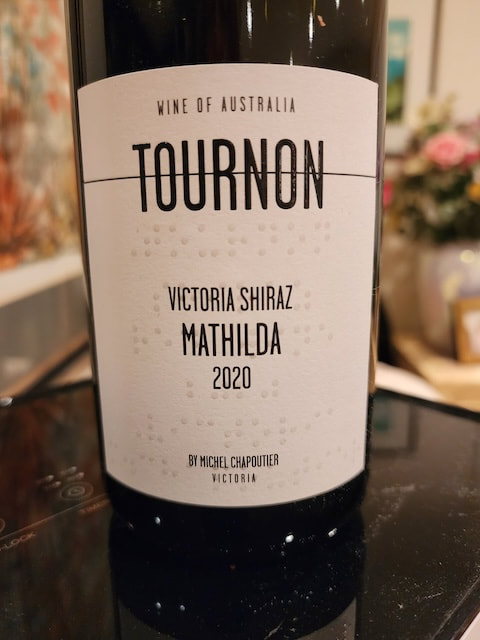
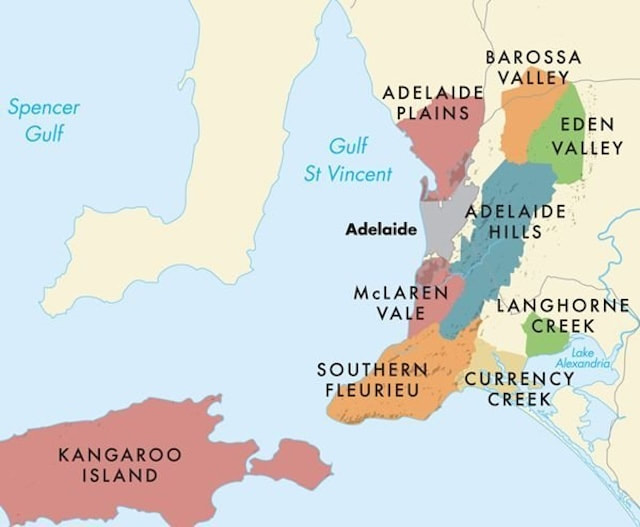
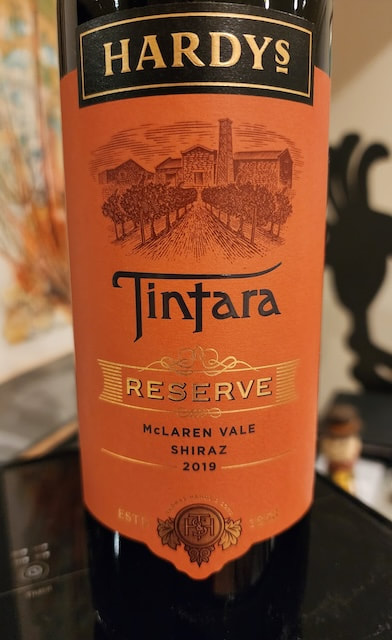
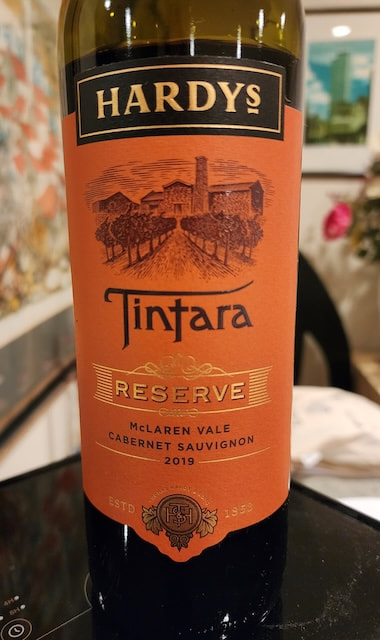
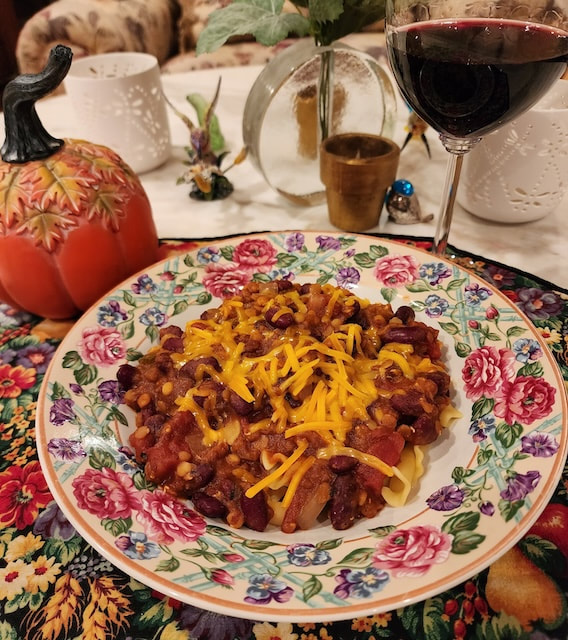
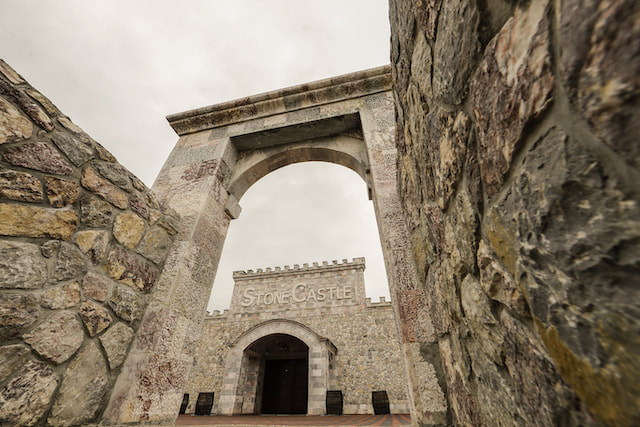
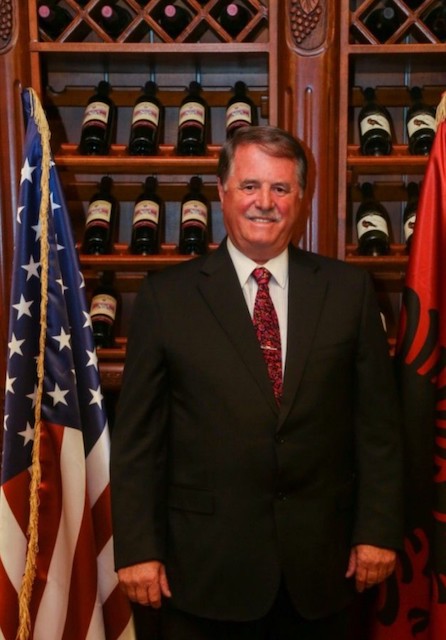
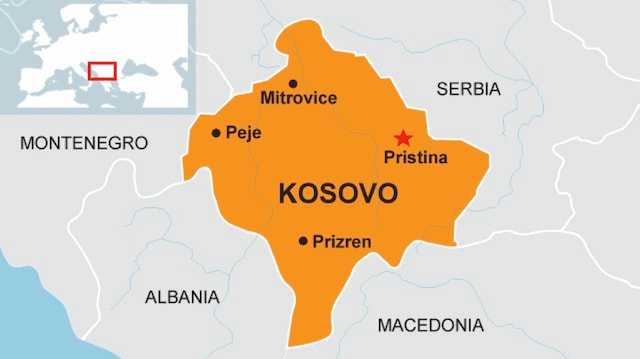
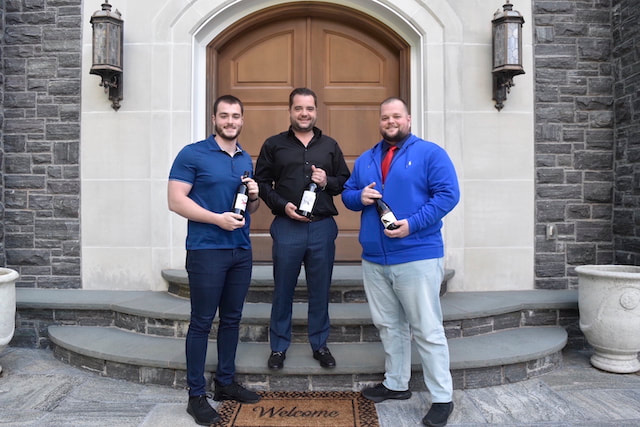
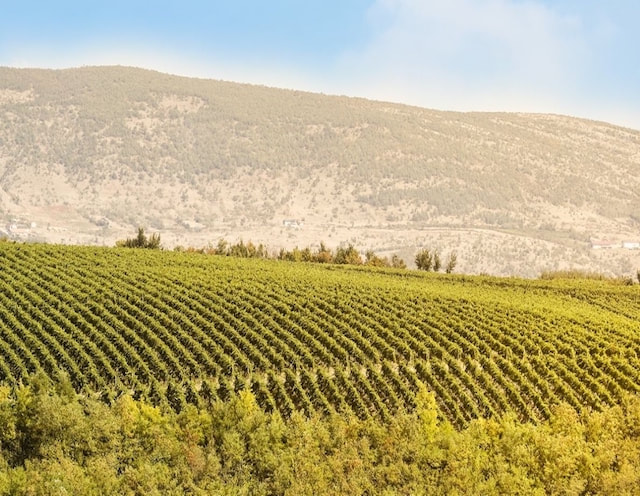
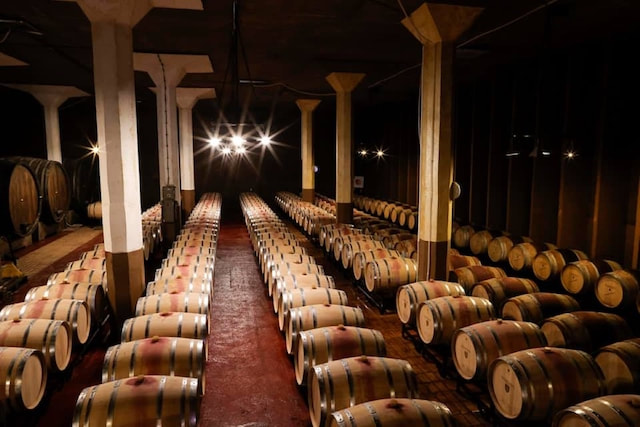
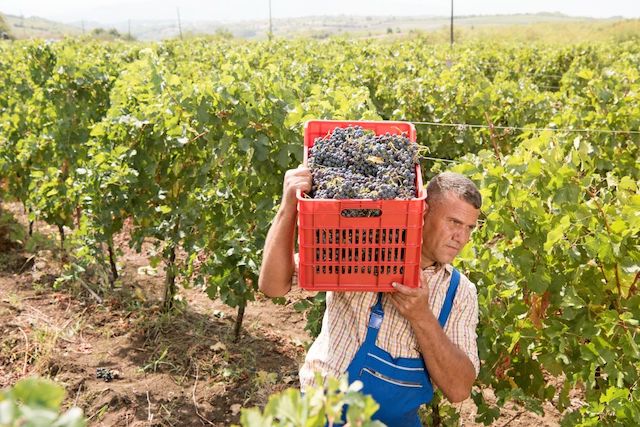
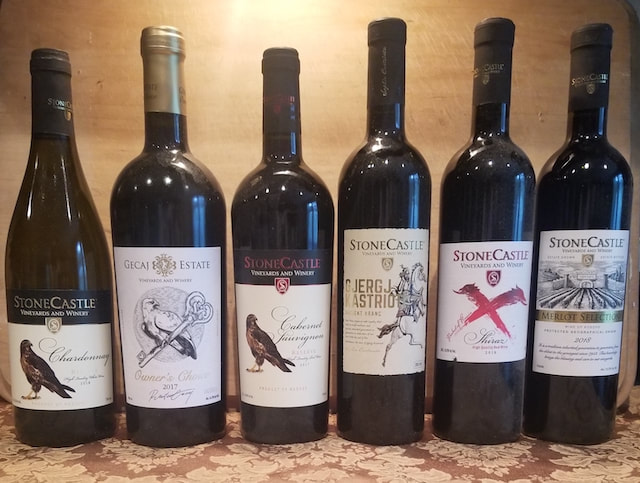
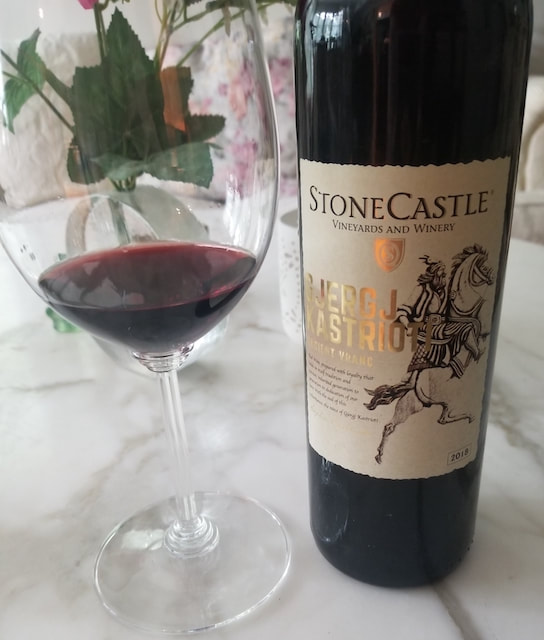
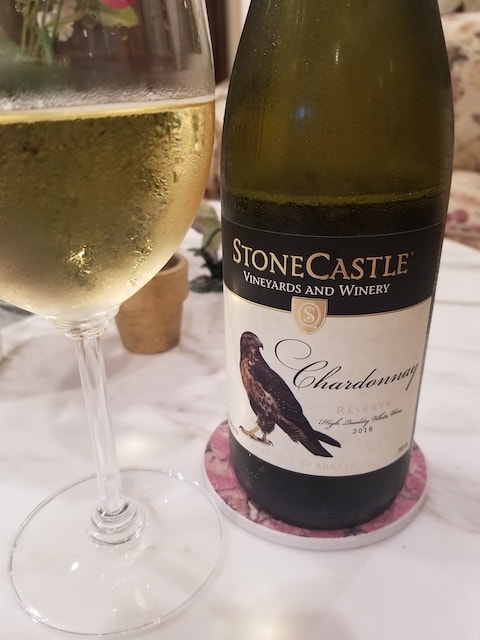
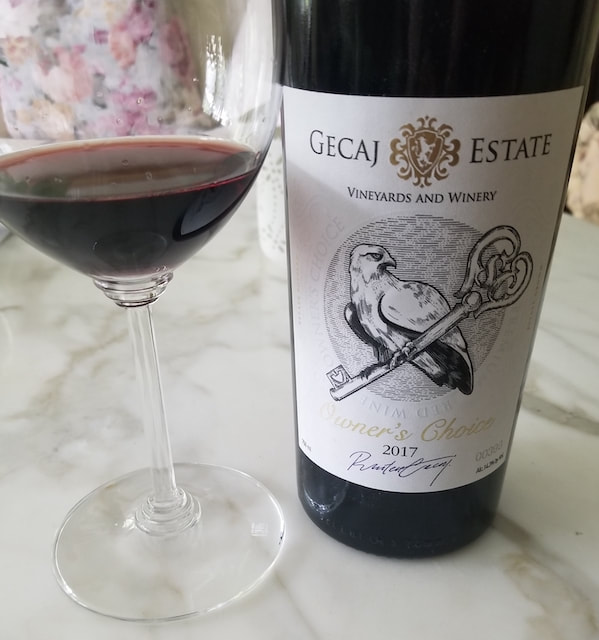
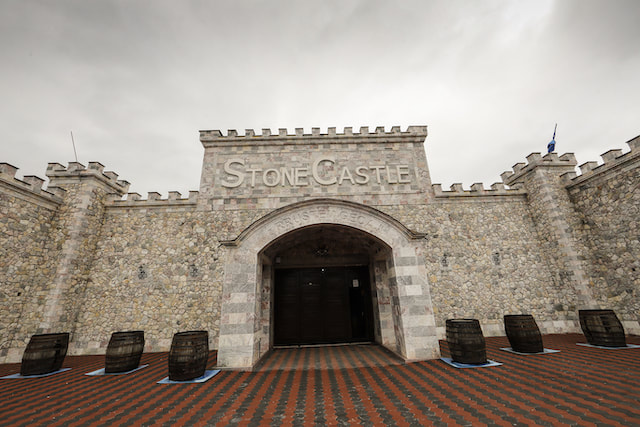
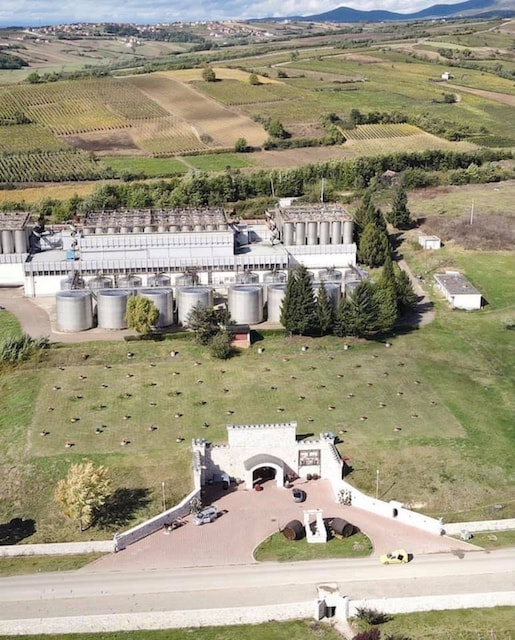
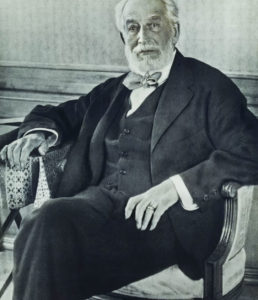
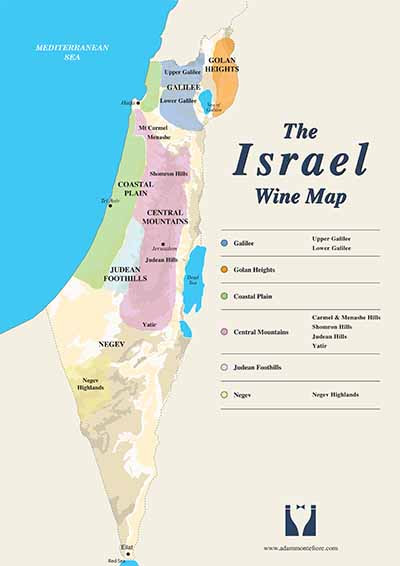
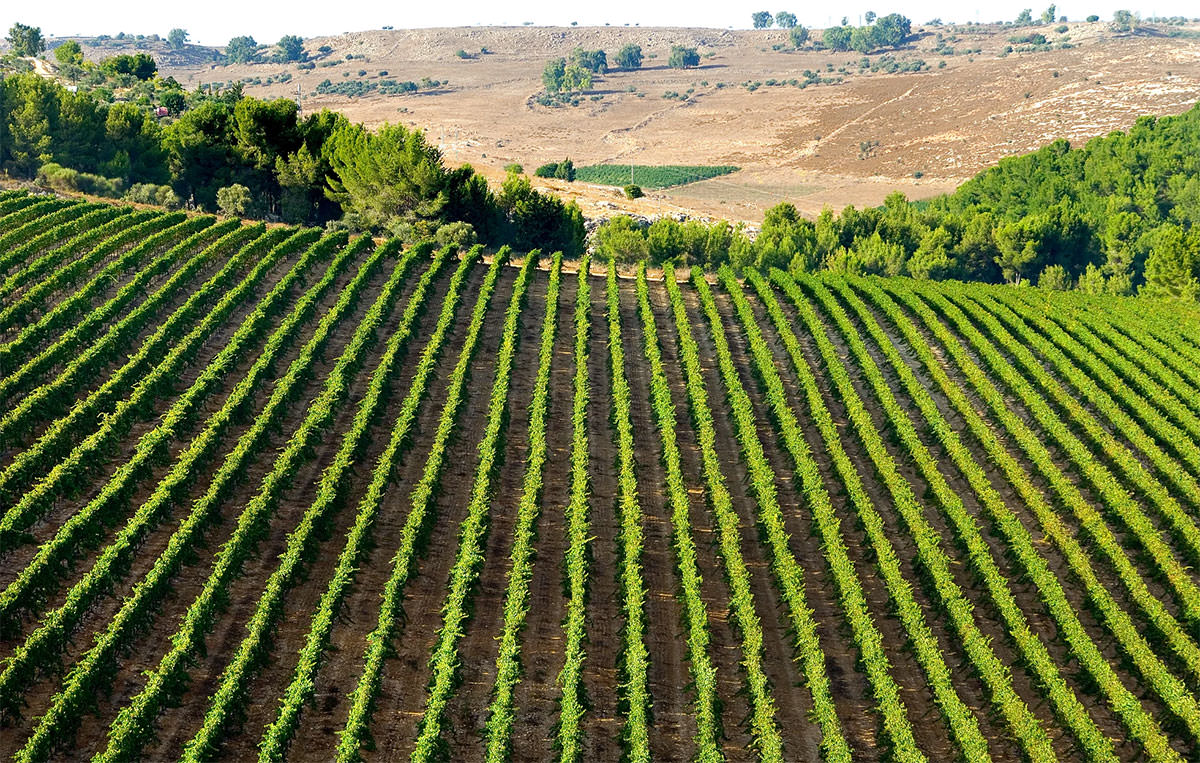
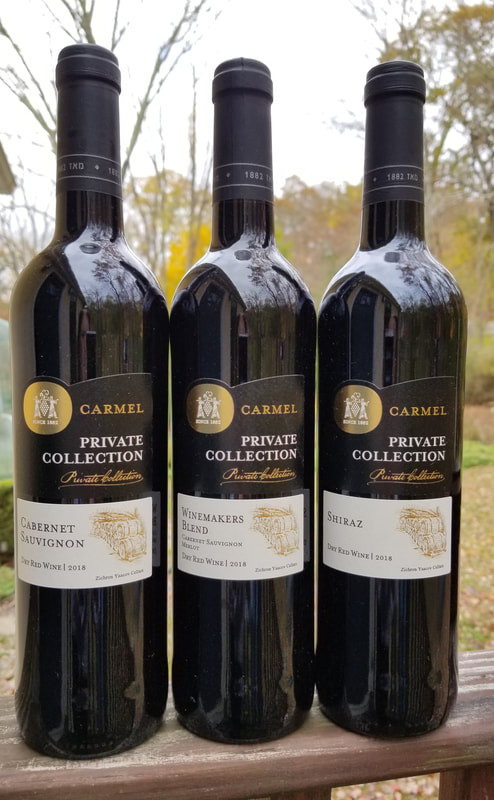
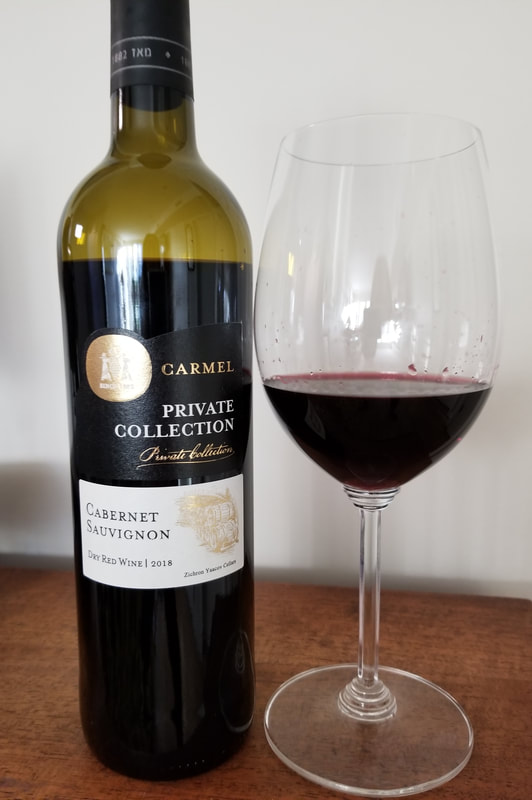
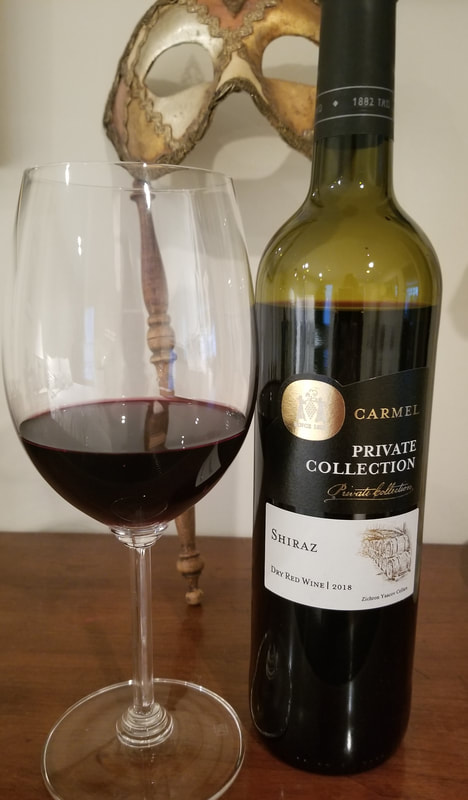
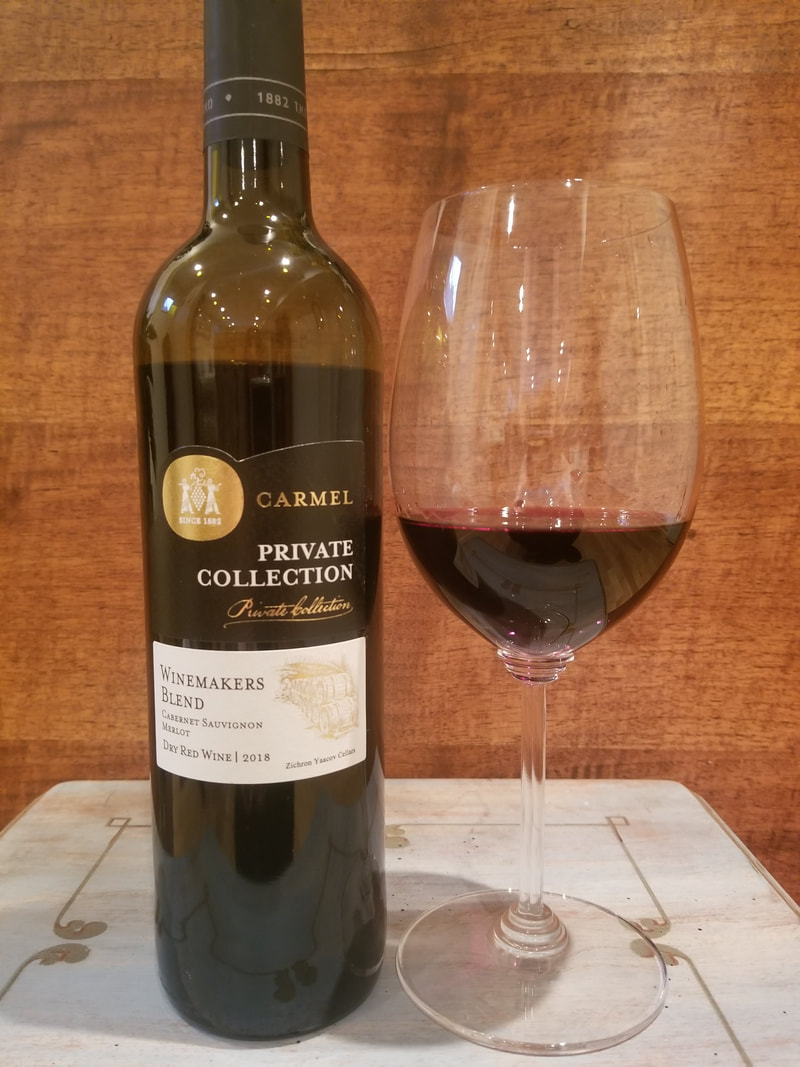
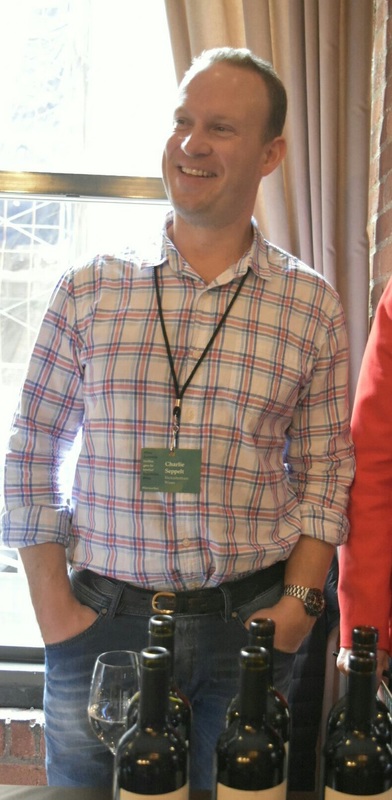

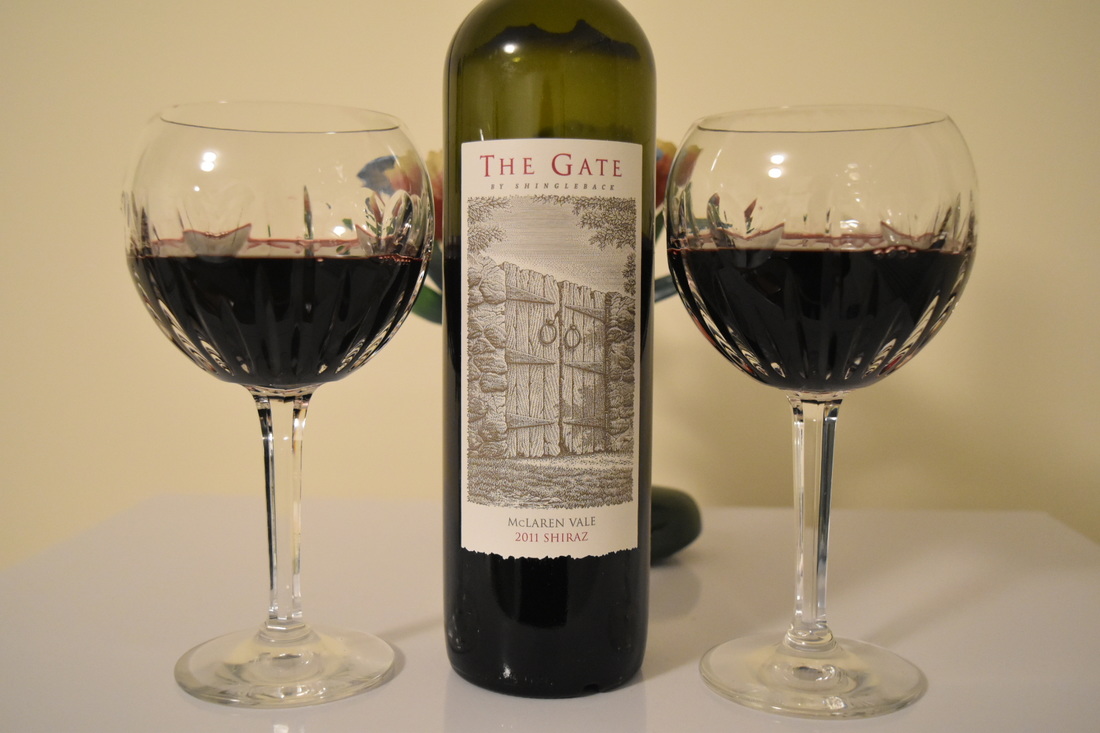
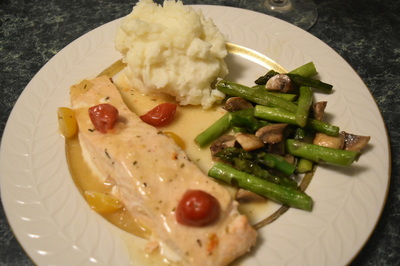
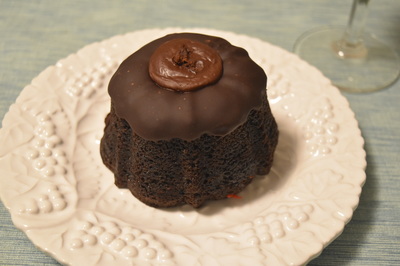
 RSS Feed
RSS Feed